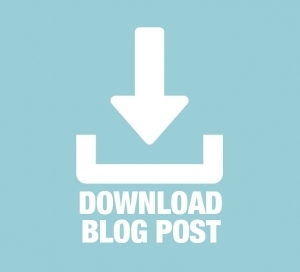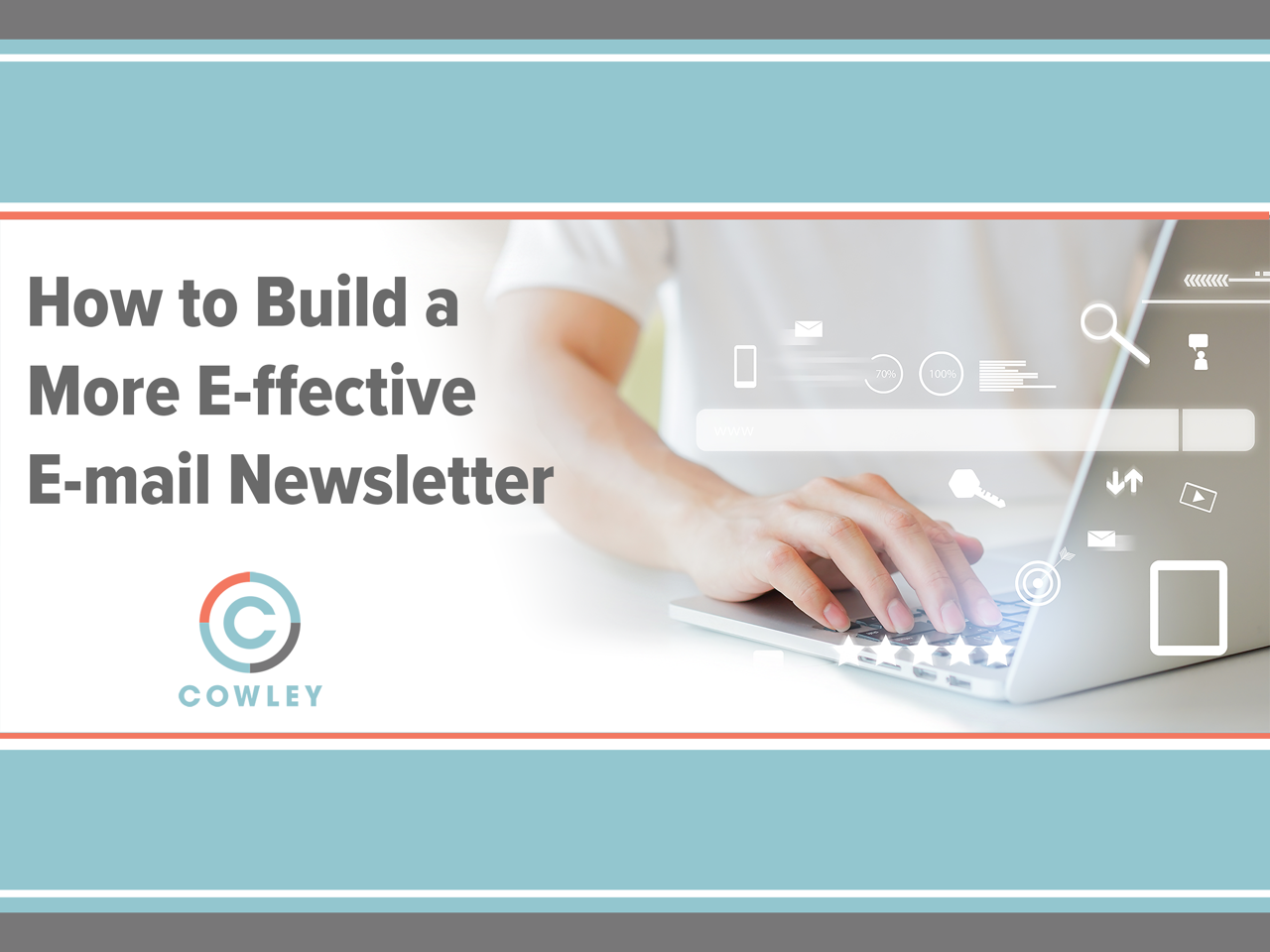 In the old days, corporations and other organizations published mailed newsletters to keep their customers, employees, channel-partners, or other stakeholders informed. These were typically lengthy documents that took lots of time, effort, and money to produce, print, and mail. As a result, they often wound up producing a kind of organizational dread: “Oh damn: It’s time to put out another newsletter.” More often than not, their once-ambitious production calendars fell by the wayside. And, more often than not, they fizzled out from lack of internal interest — and quite possibly external interest too. (I mean, who knew if anyone ever read the dang things?)
In the old days, corporations and other organizations published mailed newsletters to keep their customers, employees, channel-partners, or other stakeholders informed. These were typically lengthy documents that took lots of time, effort, and money to produce, print, and mail. As a result, they often wound up producing a kind of organizational dread: “Oh damn: It’s time to put out another newsletter.” More often than not, their once-ambitious production calendars fell by the wayside. And, more often than not, they fizzled out from lack of internal interest — and quite possibly external interest too. (I mean, who knew if anyone ever read the dang things?)
Then, along came the internet and e-newsletters: Suddenly everyone had a low-cost, easy-toproduce e-mail-based mechanism for getting the news out — and even a few handy ways to measure return on investment. So, yeah, e-newsletters are easy to create and distribute; they take far less time and fewer resources compared to their printed predecessors; and with no postage, address labels, or printing costs — they’re significantly cheaper than direct mail. Still, some e-newsletters are better (and more successful) than others. Not everyone takes full advantage of all they have to offer. And there are still some things to avoid.
Go ahead: Be brief.
In contrast to long-form newsletters of the past, today’s best e-newsletters contain three to six punchy ‘teaser’ (or ‘summary’) articles accompanied by compelling and pertinent visuals — and, importantly, a hyperlink to additional, beefier, and expanded content (say, a landing page on your website, a white paper, or even a 3rd party source document). This gives the reader the ability to scan your news, click to learn more if they choose, and move on. As important, YOU don’t have to spend hours writing, polishing, and proof-reading lengthy printed articles that — again — may never see anything but the inside of a recycling bin.
Tip: Speaking of recycling, even with full allowances for the aforementioned brevity, some of our clients still sometimes find themselves at a loss for e-newsletters content (“I have to send one out every month, but run out of material!” being a common refrain). If this sounds like you, consider recycling your social posts as newsletter articles (many can be picked up nearly verbatim). Or how about spotlighting less frequently visited pages, products, or services already on your website under the “Did you know?” banner? Or reserve one slot for a ‘Seen and noted!” section, wherein you include any number of tidbits... Including positive customer reviews, mentions of your organization in someone else’s news, or even just interesting industry factoids or news (just be sure to ‘sample’ what they say and give full credit — ideally linking to the original).
E-mail platforms are more powerful than ever.
Platforms like Mailchimp, Constant Contact, among many others, have streamlined e-mail newsletters and emailmarketing tools in an all-in-one platform — including graphic templates, stock photos/graphics, a way to manage/segment/track your email list (including technically quirky but important ins and outs of opt-ins and opt-outs), and much more. (More on one of those attributes in a moment.) Want even more convenience? Most large web developer solutions (WordPress, Drupal) offer some e-mail functionalities via paid modules or plugins; most easier DIY website builders (Weebly, Shopify, Wix) also offer nifty email tools; and any bonafide CRM offers it as well.
Make good use of your metrics!
Most e-mail marketing platforms offer built-in analytics tools to help you gauge how your e-newsletter is doing, including open rates, click-throughs, indications of which articles do best, bouncebacks, unsubscribes, etc. So be sure to use these KPIs to improve your performance with each new issue — or even consider splitting your list and trying some A-B testing of variables like subject lines, article titles, and visuals. Or moving your more devoted readers (those with high open and click through rates) into a ‘favorite customers’ list. Or, conversely, try incentivizing your harder-to-engage recipients with special offers to see if you boost their loyalty and engagement.
If you’re looking to better harness the power of e-mail marketing and e-newsletters to grow your business, ask Cowley about digital marketing! We are practiced at creating engaging e-newsletters to turn your contacts list into trackable conversions and using e-mail to both target potential clients and
retain existing customers. Contact Gail Cowley today to arrange a conversation at 315.475.8453 x1.


